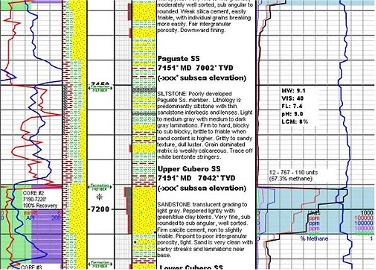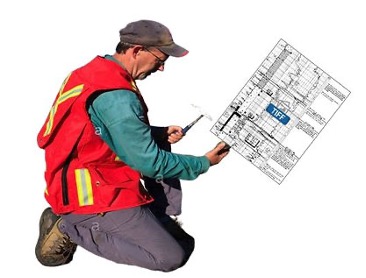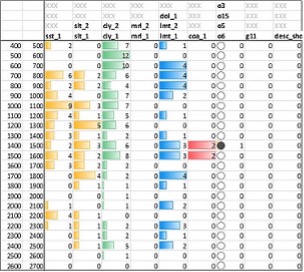
Using AI to read composite logs like a Geologist
Composite logs are useful but unstructured
For any geologist, composite logs are a key document to model the subsurface. They synthesize observations done while drilling or completing the wells. Composite logs are done for any subsurface modelling necessary for the energy industry, mining, civil engineering or water resource management.
Unfortunately, the composite logs are frequently saved using unstructured formats such as PDF or graphic files, therefore, they cannot be used in interpretation applications unless their content is digitized.


How AI could help read a multimodal document as a composite log?
Reading a composite log is complex because it implies reading graphical patterns and text organized in some complex layouts. In addition, locating the detected information on the document page is not sufficient, it is needed to located along a depth axis to link the pieces of knowledge together.
A range of models to capture various types of information.
The AgileDD platform offers a lot of possibilities to capture the very diverse information available in the composite logs. Both supervised models and LLMs can be used to capture the graphical patterns (HC shows, water level symbol, lithological patterns, etc.), the text as the lithological description, and the completion equipment. In addition, the mapping of each information to the well depth can also be modeled.
The advanced user interface makes it possible to adjust any of the models to increase the accuracy of the information whatever its modality.
At the end of the automatic information detection process based on AI, the geological description, the lithological interval, the drilling events, the completion pieces of equipment are detected, classified into categories and indexed according to the depth axis.
In addition, the excellent layout preservation of the text allows to query composite logs using natural language.

The AgileDD platform enables extraction at scale the information from composite logs making possible its interpretation at the well, the field or the basin level.

